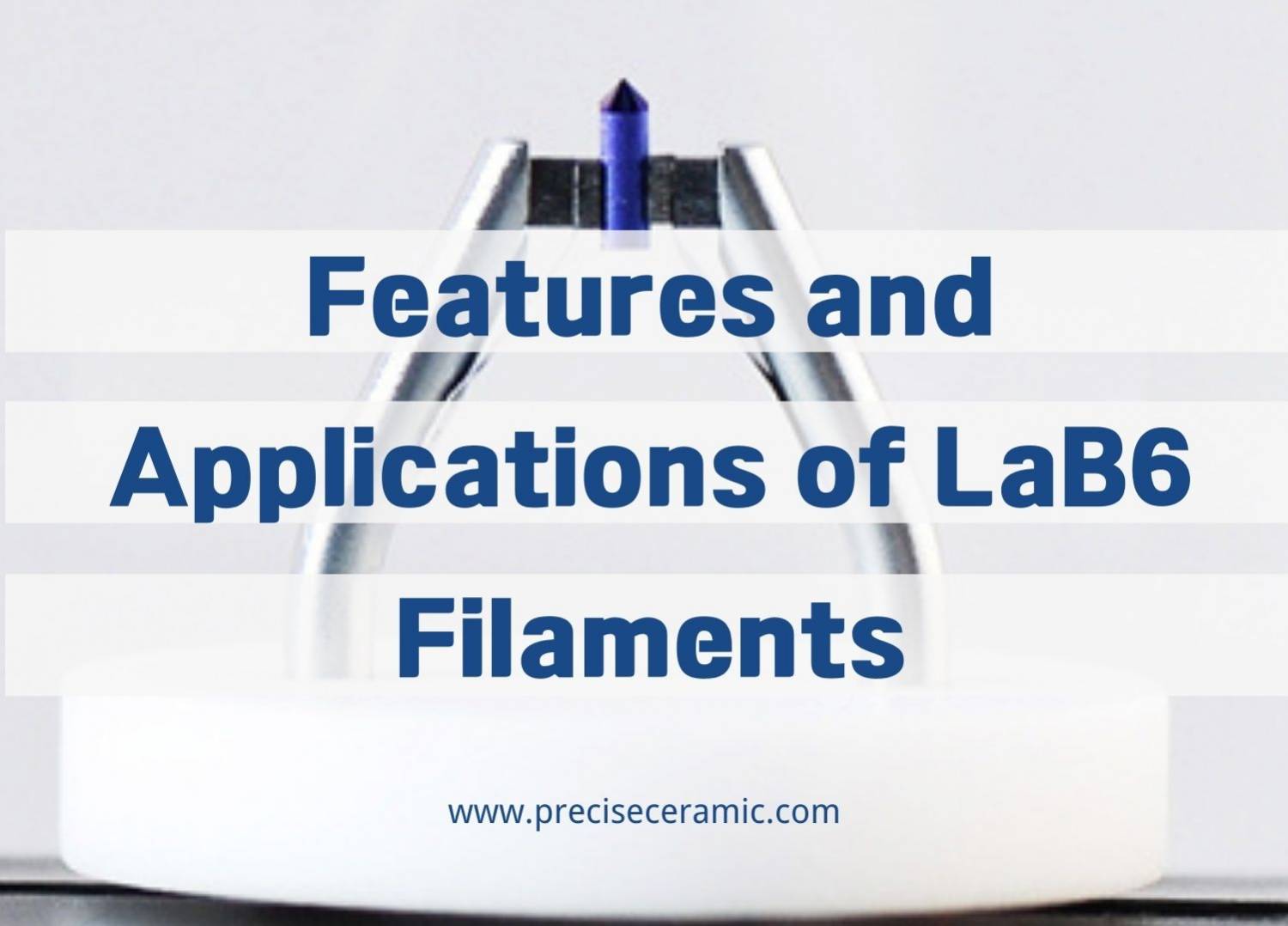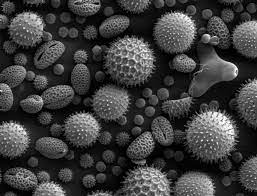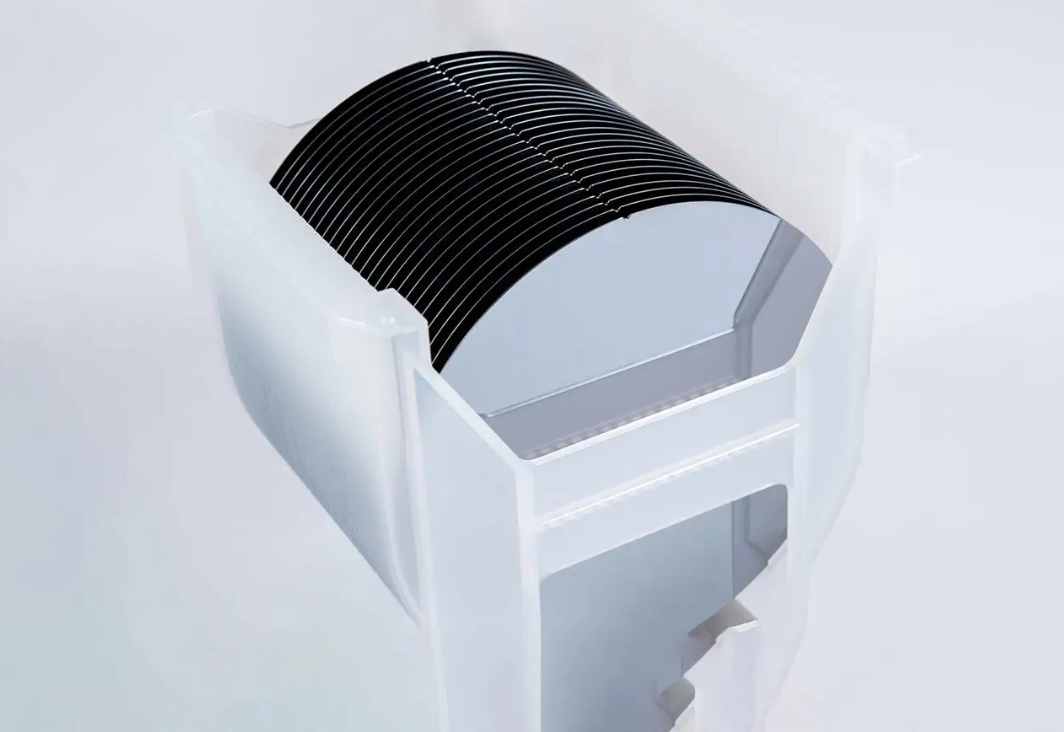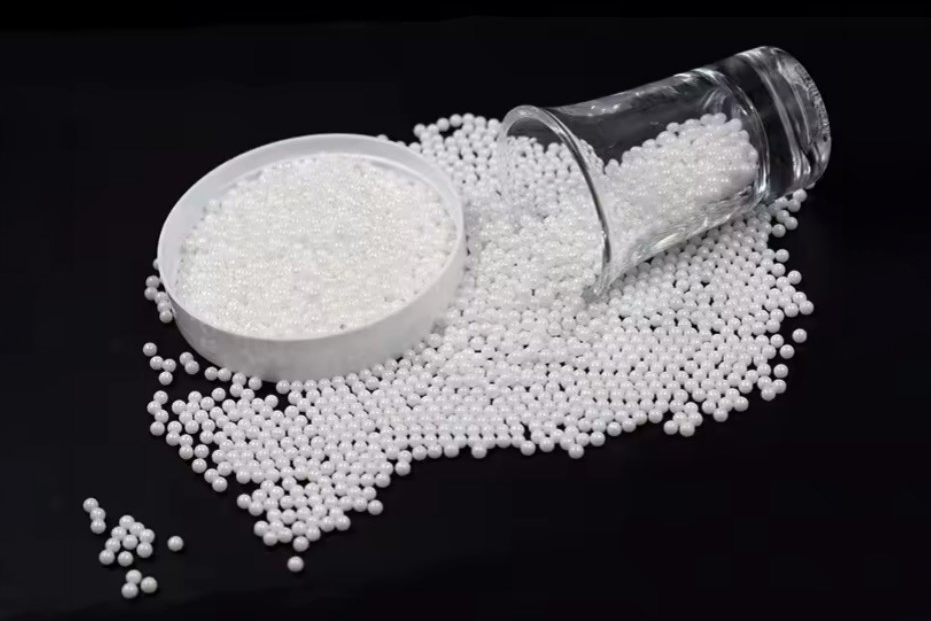Features and Applications of LaB6 Filaments

LaB6 Filaments are also known as lanthanum hexaboride filaments. These filaments are made from a chemical compound composed of lanthanum and boride. It is a ceramic material that has a dark purple appearance. LaB6 filaments are superconductors, and they have some similarities to other hexaborides, such as cerium hexaboride (CeB6).
Properties of LaB6
LaB6 has several properties that contribute to its relevance in various industries. One of these properties is its high melting point. It has a melting point of up to 2483 K. This means it has a high resistance to heat. Also, this chemical compound is known to be insoluble in both water and hydrochloric acid. LaB6 has a molar weight of 203.78 g/mol together with a density of 4.27g/cm3. When bombarded with ions, its physical appearance is altered, and it has a green color in place of its usual dark purple color. Furthermore, LaB6 has a low work function that allows it to produce relatively high currents even at low temperatures. Also, this chemical compound has a higher service life than many other chemical compounds that carry out a similar function. Another property that makes it a choice material over other similar chemical compounds is its low evaporation rate.
Tungsten Filaments vs. LaB6 Filaments
LaB6 filaments are sometimes used in place of tungsten filaments for microscopy because they generate a stronger beam and images with a higher resolution. LaB6 filaments also have higher longevity than tungsten filaments. However, tungsten filaments are more affordable. In addition, tungsten filaments are way easier to use and maintain than LaB6 filaments.
Application of LaB6 Filaments
Scanning Electron Microscopy
Scanning Electron Microscopy is often abbreviated as SEM. LaB6 filaments can be used in scanning electron microscopy. This is a form of electron microscopy that uses high-energy electrons to produce information about a specimen. The information produced includes the texture of the specimen, the arrangement of the materials that make up the specimen, and the chemical components of the specimen. SEM is used for the intense observation of solid substances of interest. However, SEM cannot be used for substances that are not solid.

Scanning Electron Microscopy
Transmission Electron Microscopy (TEM)
TEM stands for transmission electron microscopy. In this type of electron microscopy, electron beams are used to produce the image of a specimen after they are passed through the specimen. The images produced by this form of electron microscopy have a remarkably high resolution compared to light microscopy. LaB6 filaments are useful in this form of microscopy. The sample to be studied with TEM should be prepared such that its thickness does not exceed 100 nanometers for best results. This can sometimes make this type of electron microscopy time-consuming. TEM is usually used in pathology, nanotechnology, and environmental science.
X-ray Beam Analysis
Another important use of LaB6 is X-ray beam analysis. The quality and power of X-ray beams can be analyzed by studying the various properties of these x-ray beams. X-rays are electromagnetic waves that can be used to generate pictures of the internal aspect of a person’s body. It is important to analyze various x-ray beams because the various tissues of the body do not absorb x-rays uniformly. X-ray beam analysis should be taken seriously because although x-rays have numerous benefits, they can also be harmful. One complication that may arise if x-ray beams are left unchecked is cancer.
Electron Beam Lithography
Electron beam lithography is another application of LaB6 filaments. It is usually abbreviated as EBL. It is the process of making marks on surfaces that are sensitive to electrons by directing electron beams on these surfaces. These surfaces that are sensitive to electron beams are called resists. The patterns and markings made on the resist are usually nanosized. This method of lithography has a high resolution in comparison to photolithography. Although electron beam lithography is lauded for being versatile, it has some setbacks. Electron beam lithography is expensive, slow, and difficult to maintain.
Rejuvenation of LaB6 Filaments
When a LaB6 filament is contaminated with a substance such as fluorine, it becomes unstable and might not be able to emit a steady current. In order to maintain a LaB6 filament, it must be rejuvenated with oxygen. When the LaB6 filament can emit a steady current, it means it has been rejuvenated, and there is no need to feed the filament with oxygen any longer.
Conclusion
LaB6 filaments are one of the most popular filaments used in electron microscopy and other spheres of science. Despite their relatively high cost, they deliver the most acceptable quality results when used. Thank you for reading our article and we hope it can help you to have a better understanding of LaB6 filaments. For more information, please visit https://www.preciseceramic.com/.
{{item.content}}
LEVE A REPLY
{{item.children[0].content}}
{{item.content}}










